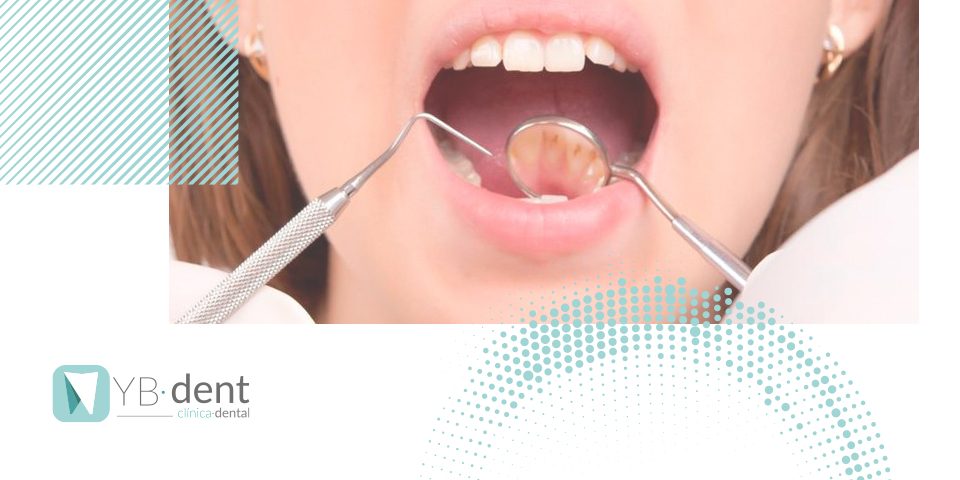El alargamiento de corona y sus beneficios

El alargamiento coronario o de corona se trata de una operación de cirugía periodontal cuya finalidad es contornear la encía o su hueso que se encuentra alrededor de un diente concreto permitiendo que esté más expuesta y se le pueda realizar un tratamiento. Como el propio nombre indica, su objetivo es incrementar la longitud de la corona y se puede realizar en uno o varios dientes, en función de la finalidad de la operación. Conviene saber que el objetivo primordial del alargamiento de corona es de carácter restaurador y se realiza en los dientes que son menos visibles en la boca, es decir, los inferiores o posteriores. En síntesis, gracias a esta operación se evita que la estética dental se vea alterada.
Conviene no confundir este tratamiento con otros puramente estéticos como la gingivectomía, que consiste en recortar ligeramente la encía con la finalidad de que el diente quede más al descubierto, perfeccionando la sonrisa.
¿Cuándo se realiza esta operación?
Esta intervención se realiza cuando se produce cierto daño que alcanza la parte interior de la encía. Con carácter general, el alargamiento de corona se utiliza en los casos en que existe una caries profunda o una fractura que ha superado el margen gingival, además de también en los aquellos en los que la corona se tiene que colocar en un punto que está por debajo de la encía. Más concretamente, el alargamiento coronario se utiliza también en las siguientes situaciones:
- Cuando el diente presenta reabsorciones en la raíz
- Cuando el diente está roto por alguna zona de la raíz o corona
- Si existen perforaciones endodónticas en el fondo del surco gingival
- Por razones de estética, cuando la línea que rodea la encía se encuentra demasiado baja o de forma irregular o los dientes parece que tienen un tamaño distinto o son muy pequeños.
¿Cómo se realiza la intervención?
En primer lugar, el dentista retira la encía y, en función de la gravedad del caso de cada paciente, rebaja el hueso correspondiente los milímetros adecuados. Este primer paso es clave, porque no se rebaja toda la superficie ósea, sino solamente en la zona en la que se va realizar el alargamiento coronario. Por último, una vez se ha realizado la intervención requerida, como una obturación o la colocación de la corona, se sutura la encía. Con carácter general, se suele administrar al paciente anestesia local y, si el paciente presenta una elevada ansiedad o el trabajo es muy grande, se puede recurrir a la sedación.
Beneficios del alargamiento de corona
La ventaja principal de este tratamiento es que permite conservar el diente que, en cualquier otro caso peor, habría necesitado ser extraído sustituyéndose por un implante. No es de extrañar que esta sea la principal ventaja, ya que esta intervención se realiza cuando es necesario restaurar la corona. Gracias al alargamiento de corona, se puede retirar y nivelar las encías y los huesos para poder exponer el diente y realizar el tratamiento. Adicionalmente, al incrementar la longitud de la corona, se protege la encía y su hueso con el objetivo de evitar el deterioro cerca de donde se ha realizado la restauración.
En Clínica Dental YB·dent realizamos todo tipo de tratamientos tanto periodontales como de otras clases. Si vienes a esta clínica en Valencia podremos ayudarte a solucionar tus problemas dentales gracias a nuestro equipo altamente preparado para este tipo de operaciones. Podrás encontrarnos en C/ Viver 25, 46020 Valencia. Para cualquier consulta, llámanos a: 961 672 098 / 696 556 977



